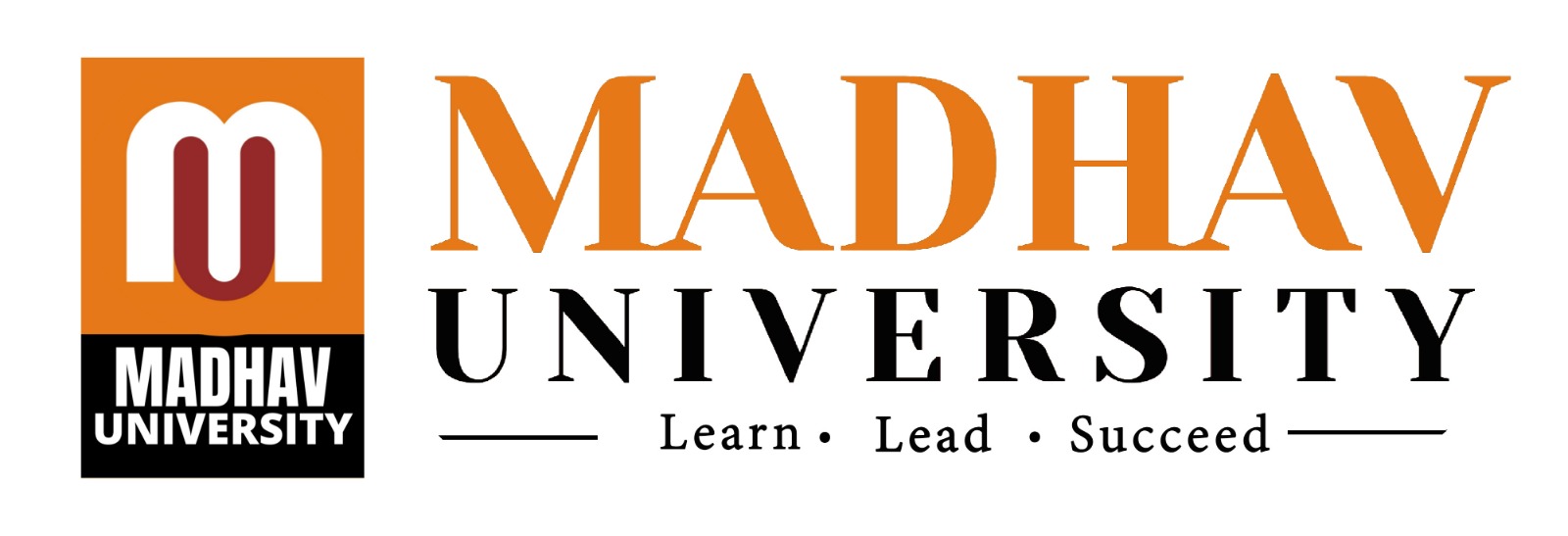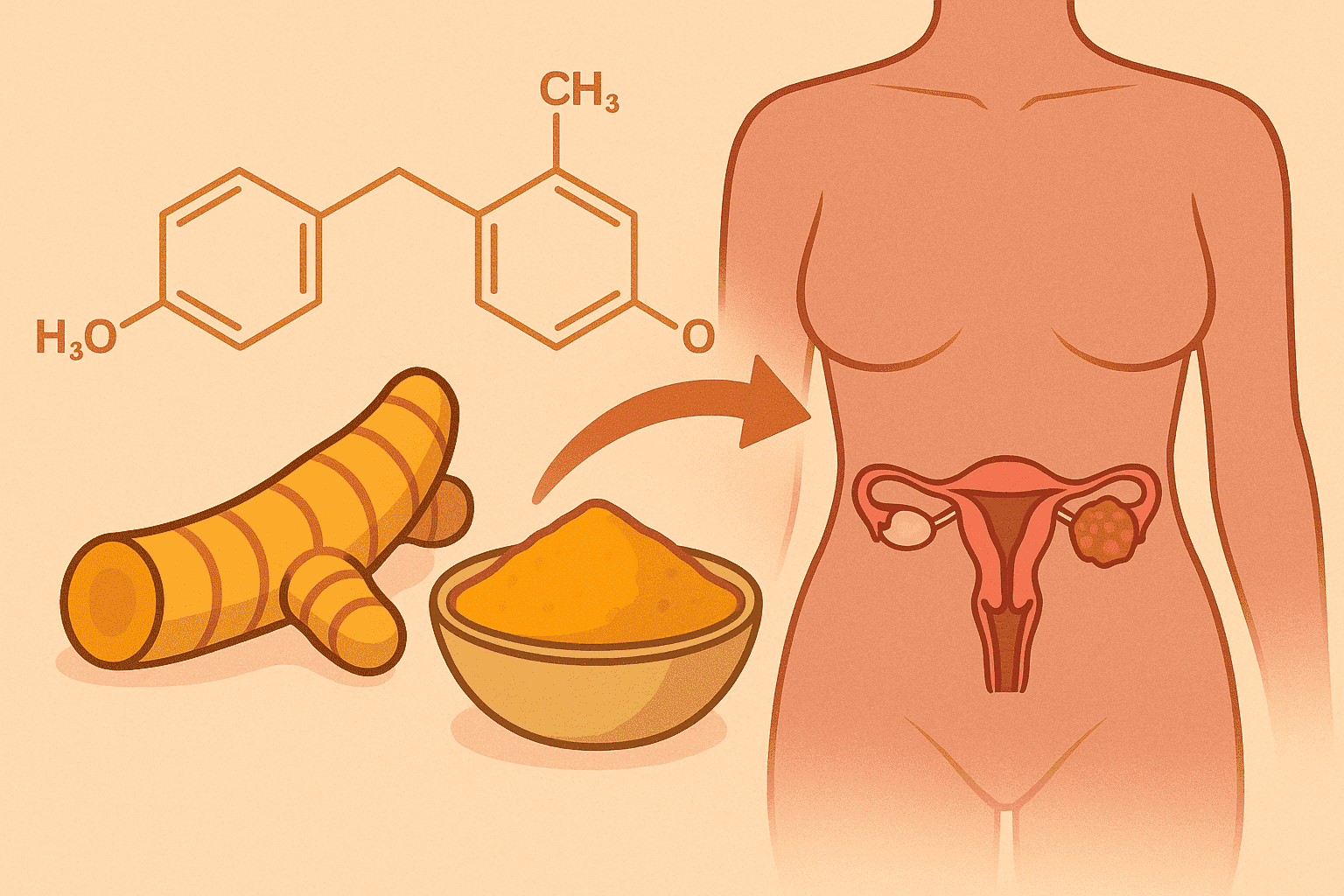Ovarian cancer remains one of the most lethal gynecological malignancies, with a dismal 30% five-year survival rate. This high mortality rate is largely due to the absence of early diagnostic tests and effective treatment strategies, compounded by the aggressive nature of the disease and its propensity for early metastasis. As such, the search for effective chemopreventive strategies is of paramount importance. One promising candidate is curcumin, a polyphenolic compound derived from turmeric, known for its antioxidant and anti-inflammatory properties. This article explores the findings of a study investigating the impact of daily dietary curcumin intake on the development and progression of spontaneous ovarian cancer in a galline model.
Understanding Ovarian Cancer
Ovarian cancer is characterized by significant intratumoral heterogeneity, making it challenging to diagnose and treat effectively. The disease is often diagnosed at advanced stages, leading to poor outcomes. Current therapeutic advancements have not significantly improved survival rates, highlighting the urgent need for novel prevention strategies. Curcumin has garnered attention for its potential anticancer properties, with studies indicating its efficacy against various cancers, including breast, pancreatic, and colon cancer.
Curcumin: A Natural Chemopreventive Agent
Curcumin, the active component of turmeric (Curcuma longa), has been extensively studied for its health benefits. It exhibits a range of biological activities, including anti-inflammatory, antioxidant, and anticancer effects. Previous research has shown that curcumin can modulate multiple oncogenic signaling pathways, leading to reduced cell proliferation and enhanced apoptosis in cancer cells. Additionally, populations with high dietary intake of curcumin, such as those in India, have shown lower incidences of certain cancers, including ovarian cancer.
The Galline Model for Ovarian Cancer Research
The laying hen (Gallus gallus domesticus) is unique in that it develops spontaneous ovarian cancer at a high prevalence, making it an ideal model for studying this disease. The histological and morphological characteristics of ovarian cancer in hens closely resemble those in humans, including the common occurrence of high-grade serous cancer. This model allows researchers to investigate the mechanisms underlying ovarian cancer development and progression, as well as potential preventive strategies.
Study Design and Methodology
In this study, 270 brown laying hens were divided into three groups, each receiving different dietary curcumin dosages (0, 25.8, and 53.0 mg/day) over a 12-month period. The hens were monitored for the development of ovarian cancer, tumor size, and number of tumors. Blood samples were collected to measure serum curcumin levels and oxidative stress markers, while ovarian tissues were analyzed for histopathological changes and molecular alterations.
Results: Curcumin’s Impact on Ovarian Cancer Incidence
At the conclusion of the study, ovarian cancer developed in 39% of control hens not fed curcumin, compared to 27% and 17% in the groups receiving 25.8 mg and 53.0 mg of curcumin, respectively. These results indicate a significant dose-dependent reduction in ovarian cancer incidence, with reductions of 31% and 57% observed in the respective curcumin-fed groups. Additionally, hens consuming curcumin exhibited smaller tumor sizes and fewer tumors compared to controls.
Molecular Mechanisms of Curcumin Action
The study further explored the molecular mechanisms by which curcumin exerts its chemopreventive effects. Notably, curcumin intake was associated with the inhibition of key signaling pathways involved in cancer progression, including NF-κB and STAT3. These pathways are known to promote cell proliferation and survival, making them critical targets for cancer prevention. Curcumin also induced the expression of the Nrf2/HO-1 antioxidant pathway, suggesting a protective role against oxidative stress.
Oxidative Stress and Lipid Peroxidation
Oxidative stress is a significant contributor to cancer development. The study measured levels of malondialdehyde (MDA), a marker of lipid peroxidation, in serum and ovarian tissues. Results showed that curcumin supplementation significantly reduced MDA levels, indicating a decrease in oxidative stress and potential mutagenic damage in ovarian tissues.
Gene Mutation Analysis
The study also investigated mutations in the KRAS and HRAS oncogenes, which are frequently altered in ovarian cancer. Sequencing analysis revealed that curcumin-fed hens had fewer mutations in these genes compared to controls, suggesting that curcumin may enhance DNA repair mechanisms and reduce the risk of oncogenic transformations.
Discussion: Implications for Human Health
The findings of this study provide compelling evidence for the chemopreventive potential of curcumin in ovarian cancer. Given that curcumin is well-tolerated in humans at higher doses, the results suggest that dietary curcumin could be a feasible strategy for reducing ovarian cancer risk. Future clinical trials are warranted to further explore the efficacy of curcumin in human populations, particularly among those at high risk for ovarian cancer.
Conclusion
In summary, this study highlights the significant role of daily dietary curcumin intake in reducing the incidence and progression of spontaneous ovarian cancer in a galline model. The results underscore the need for further research into curcumin as a chemopreventive agent, with the potential for translation into human health strategies. As the search for effective cancer prevention methods continues, curcumin stands out as a promising candidate worthy of further investigation.
– Dr. Arun Kumar Kulshrestha
Faculty of Basic and Applied Sciences, Madhav University

